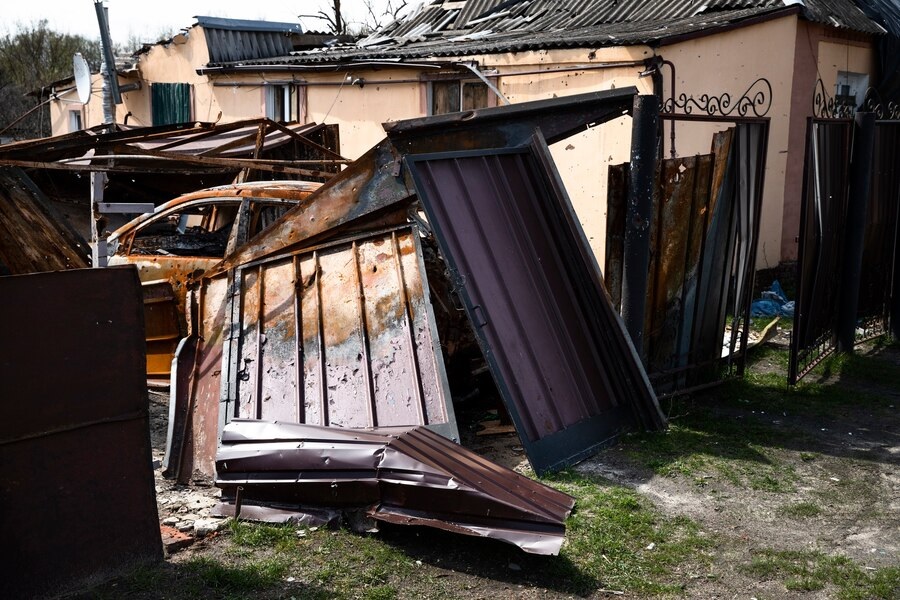Steps for Restoring Your Home After Storm Damage

Storm damage can be devastating. The aftermath often leaves homeowners overwhelmed. However, restoring your home is essential. This guide outlines practical steps to take for a successful recovery. Each step addresses critical areas to ensure a comprehensive restoration.
Assessing the Damage
The first step is to assess the damage thoroughly. Walk around your property and take notes. Look for missing shingles, broken windows, or damaged siding. Inside, check for water damage, mold, and structural issues. Document everything with photos. This documentation will be crucial for insurance claims.
Do not rush the assessment. Take your time to ensure you capture all the damage. Pay attention to hidden areas like the attic or basement. They often hide issues that could worsen if not addressed.
Prioritize Safety
After assessing the damage, prioritize safety. If there are downed power lines, stay away and contact the authorities. Turn off your electricity if it is safe to do so. If flooding occurs, avoid walking in water, as it may contain harmful debris or electrical hazards.
Use personal protective equipment, such as gloves and masks. This precaution protects against sharp objects and potential mold spores. Always ensure the structural integrity of your home before entering. If you notice significant damage, consult a professional before re-entering.
Cleaning and Water Removal
Once it is safe to return, focus on cleaning and removing water. Begin by using buckets, towels, or wet vacuums to remove standing water. This process will help prevent further damage and mold growth.
For flooded areas, remove any wet carpets or furniture. These items can trap moisture and promote mold. It is crucial to act quickly. Mold can begin to develop within 24 to 48 hours after water exposure.
After water removal, clean surfaces with a mixture of water and detergent. This step will eliminate dirt and reduce the risk of mold. Allow everything to dry completely before moving on to repairs.
Maintaining Your Garage Floor
After the cleanup, consider your garage floor. Storms can leave behind water and debris that damage the surface. To protect your garage floor, consider applying a garage floor coating. This protective layer is resistant to moisture, stains, and impacts.
A garage floor coating not only enhances the appearance but also prolongs the lifespan of your flooring. Various options are available, including epoxy and polyaspartic coatings. Research and choose the right type for your needs.
Proper preparation is crucial before applying the coating. Clean the floor thoroughly and repair any cracks. Follow the manufacturer’s instructions for the best results. This step will ensure that your garage floor remains in excellent condition despite future storms.
Availing Generator Installation Services
Storms often lead to power outages. Therefore, investing in a generator can be a wise choice. If the electricity supply is cut, having a generator ensures you have a backup power source.
Consider availing of generator services. These professionals can assess your needs and recommend the right generator for your home. They can also handle the installation process, ensuring everything operates safely.
When choosing a generator, consider the wattage required to power essential appliances. This step is crucial to avoid overloading the system during an outage. Additionally, ensure that the generator complies with local regulations. Proper installation will provide peace of mind during future storms.
Making Repairs
After addressing immediate concerns, it’s time for repairs. Start with the roof. Replace missing shingles or repair leaks. Consult a roofing professional for extensive damage.
Next, focus on windows and doors. Repair broken glass and ensure all seals are intact. This step prevents drafts and water infiltration.
Once the exterior is secure, shift your focus inside. Repair drywall, repaint, and replace flooring as needed. If you encounter electrical or plumbing issues, consult professionals. Their expertise will ensure the repairs are completed correctly and safely.
Conclusion
Restoring your home after storm damage can be daunting. However, following these steps will help simplify the process. Start with a thorough assessment and prioritize safety. Clean and remove water promptly to prevent further damage.




